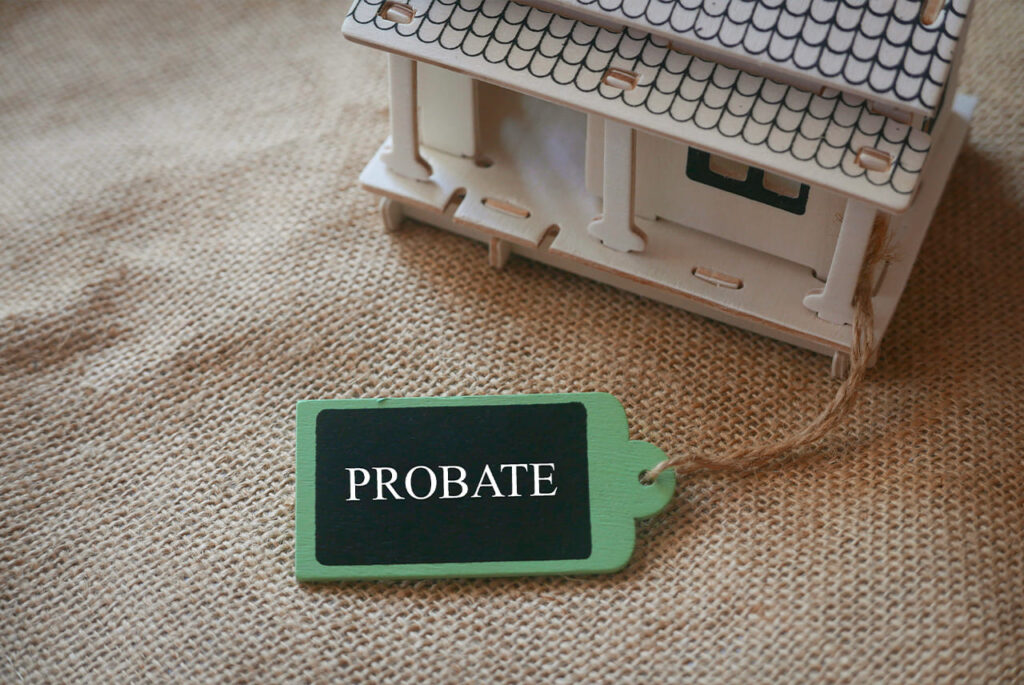A trust agreement is the foundation of any trust, defining its purpose, management, and how it benefits its beneficiaries. Understanding its structure is critical for effective estate planning.

1. Trust Parties
Every trust has three primary parties:
- Grantor (or Settlor): The person creating the trust and transferring assets into it.
- Trustee: The individual or institution responsible for managing the trust assets according to the agreement.
- Beneficiaries: The individuals or entities entitled to receive the benefits of the trust.
This section clearly identifies these parties and their roles.
2. Trust Purpose*l
This section outlines the specific goals and objectives of the trust. Common purposes include:
- Providing for minors or individuals with special needs.
- Avoiding probate and maintaining privacy.
- Reducing estate or gift taxes.
- Protecting assets from creditors.
Defining the trust’s purpose ensures its intentions are honored over time.
3. Trust Assets
The trust agreement specifies the property or assets held in the trust. These can include:
- Real estate.
- Investments (stocks, bonds, etc.).
- Bank accounts.
- Personal property (art, jewelry, etc.).
It’s crucial to clearly document all assets to avoid disputes and ensure proper management.
4. Terms and Provisions
This is the heart of the trust agreement, detailing how the trust operates:
- Distribution Rules: When and how beneficiaries receive trust assets.
- Trustee Powers: What the trustee can and cannot do (e.g., sell property, invest funds).
- Conditions: Any requirements beneficiaries must meet to receive distributions (e.g., reaching a certain age).
- Duration: The trust’s lifespan (e.g., until a beneficiary’s death or a specific event occurs).
These provisions ensure the trust is administered according to the grantor’s wishes.
5. Revocation and Amendments
Trust agreements specify whether the trust is:
- Revocable: The grantor can modify or terminate the trust during their lifetime.
- *lIrrevocable: The trust cannot be altered once created, often used for tax or asset protection purposes.
This section may also include instructions for amending the trust if circumstances change.
A trust agreement is a powerful tool for managing and protecting assets, but its effectiveness depends on careful drafting and attention to detail. By understanding these five key parts, grantors, trustees, and beneficiaries can ensure the trust fulfills its intended purpose.
Need help creating or reviewing a trust agreement?
Contact us today to get started on securing your financial legacy!
Call us with questions.
+1 212 518 3868


